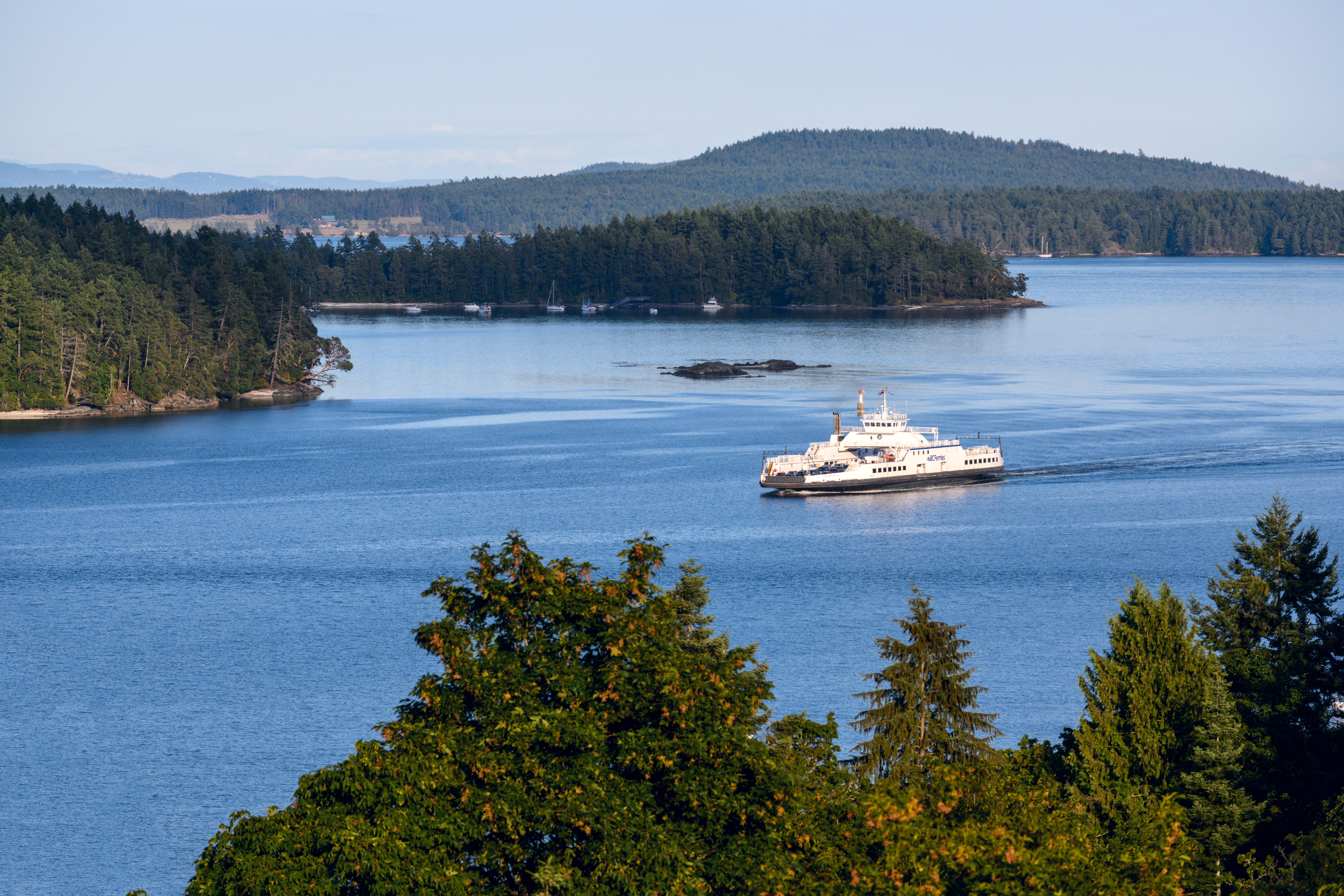What You Need to Know
Salt Spring Island may feel like a world away, but getting here—and getting around once you arrive—is simpler than you might expect. Whether you’re planning a weekend visit or thinking about making Salt Spring your home, here’s what you should know about ferries, travel routes, and life without a traffic light.And Getting Around Salt Spring Island
Most people arrive by ferry or floatplane. There’s no bridge to the island, which is part of what helps keep things peaceful and community-focused.
BC Ferries: Three Terminals, Plenty of Options
There are three ferry routes serving Salt Spring Island:
- Swartz Bay (Victoria) ↔ Fulford Harbour
The most popular route, connecting the south end of the island to Vancouver Island and Victoria. Great for travelers coming from the mainland via the Tsawwassen–Swartz Bay route. - Crofton (Duncan) ↔ Vesuvius Bay
A quick 20-minute crossing on the northwest side of the island. Ideal for those coming from mid-Vancouver Island (Duncan, Nanaimo). - Tsawwassen (Vancouver) ↔ Long Harbour
A direct sailing to Salt Spring with limited stops. This is the only direct link from the Lower Mainland, with longer crossing times but no need to transfer.
⏱ Tip: Some routes require reservations during peak seasons. Foot passengers don’t usually need them, but vehicles should book ahead—especially in summer.
Floatplanes
If you’re coming from Vancouver, floatplanes offer a scenic, time-saving option. Harbour Air and Seair both offer daily flights from downtown Vancouver and YVR to Ganges Harbour.
Getting Around Salt Spring Island
Once you’re here, you’ll notice something quickly—there are no traffic lights on Salt Spring, and no need for them. Getting around is more about patience, planning, and pace.
Driving
Most residents and visitors use cars to get around. Roads are mostly two-lane and winding, and driving here is relaxed—but you’ll want to plan for ferry wait times and limited shoulder space in some areas.
EV drivers: There are multiple charging stations in Ganges and other central areas.
Cycling
Salt Spring is a favourite among touring cyclists, especially during shoulder seasons. That said, some roads are steep and narrow, so a bit of experience helps. E-bikes are increasingly popular and a great way to explore without too much effort.
Salt Spring Transit
There is a local bus system, with routes connecting Fulford Harbour, Ganges, and Vesuvius. Schedules vary by day, and service is limited at night and on Sundays, but it’s a reliable and affordable way to move between ferry terminals and village hubs.
Taxis & Shuttle Services
Salt Spring has a small number of taxi services, which can be pre-booked for ferry pickups or local rides. Shuttle buses also operate during events, holidays, and festivals.
Hop On, Hop Off Shuttle (Summer Only)
The Salt Spring Hop On, Hop Off bus runs a scenic loop to key artisan and tasting destinations during peak seasons. It’s perfect for visitors without a car who want to explore wineries, studios, and farms without worrying about directions or parking.
Can You Live Here Without a Car?
Yes—but with some caveats. If you live in or near Ganges, it’s entirely possible to walk or bike to groceries, shops, and services. Many people do it, especially retirees or part-time residents. Outside of Ganges, though, a car is generally recommended unless you’re committed to rural cycling or plan to work from home.
Getting Around with Island Time
Traveling to and around Salt Spring is part of what gives the island its rhythm. Things move a little slower here by design—and once you embrace the pace, it becomes part of the charm. Whether you’re commuting, exploring, or settling in, the journey always comes with a view.
Thinking of Calling Salt Spring Home?
If you’re planning a visit or exploring a move, I’d be happy to share tips on where to stay, which ferry route makes the most sense, or what areas are ideal for walkable living. Salt Spring is more than a place—it’s a lifestyle, and I’d be glad to help you find your place in it.

